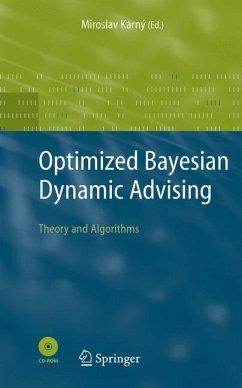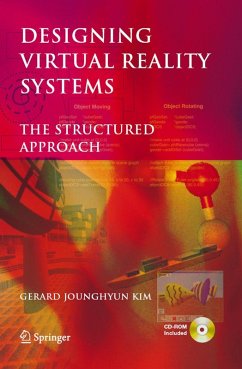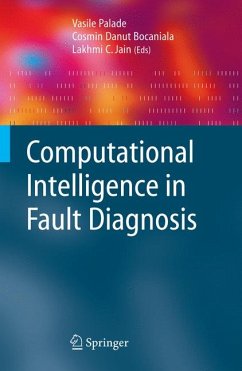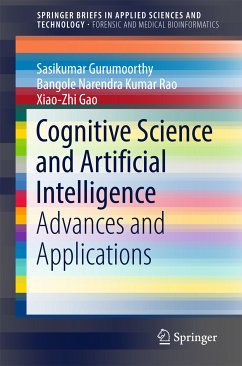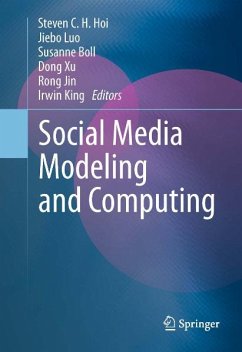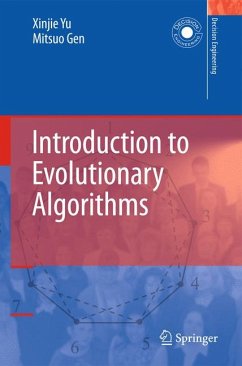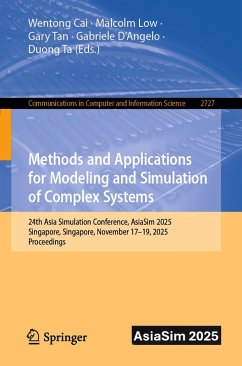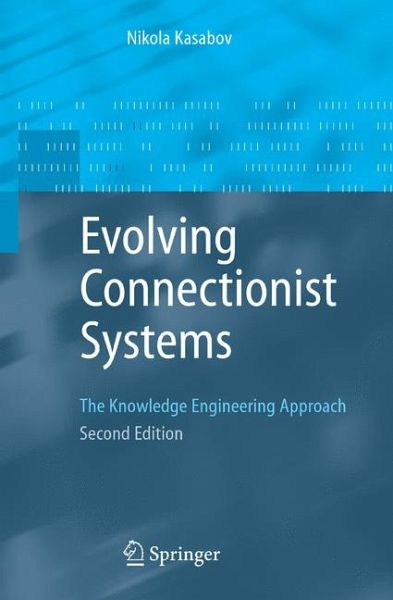
Evolving Connectionist Systems (eBook, PDF)
The Knowledge Engineering Approach
Versandkostenfrei!
Sofort per Download lieferbar
112,95 €
inkl. MwSt.
Weitere Ausgaben:

PAYBACK Punkte
56 °P sammeln!
This second edition of the must-read work in the field presents generic computational models and techniques that can be used for the development of evolving, adaptive modeling systems, as well as new trends including computational neuro-genetic modeling and quantum information processing related to evolving systems. New applications, such as autonomous robots, adaptive artificial life systems and adaptive decision support systems are also covered.
Dieser Download kann aus rechtlichen Gründen nur mit Rechnungsadresse in A, B, BG, CY, CZ, D, DK, EW, E, FIN, F, GR, HR, H, IRL, I, LT, L, LR, M, NL, PL, P, R, S, SLO, SK ausgeliefert werden.




